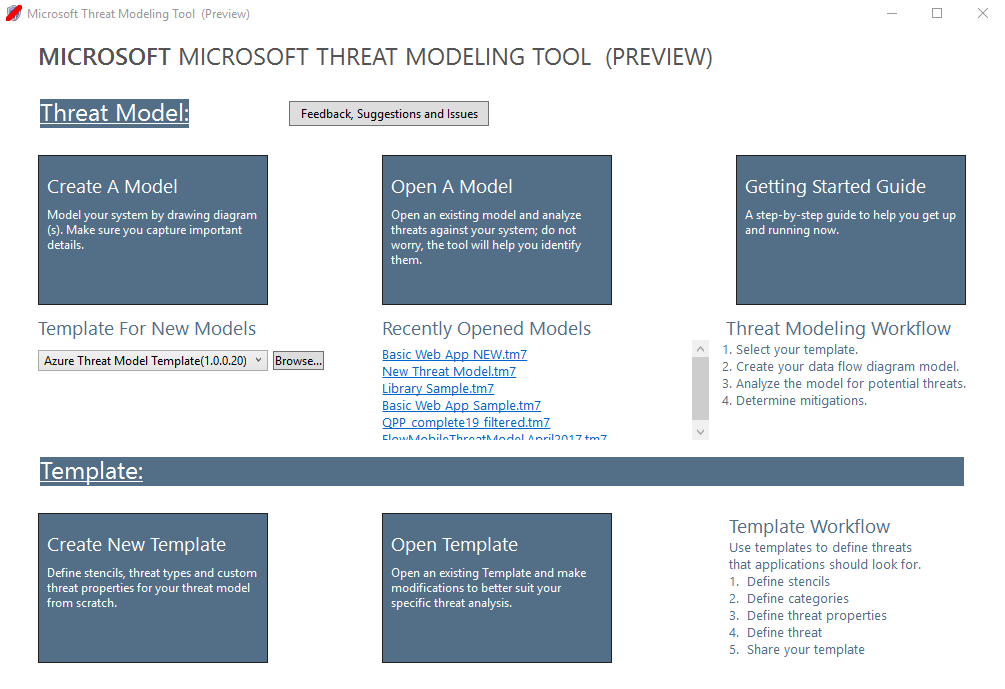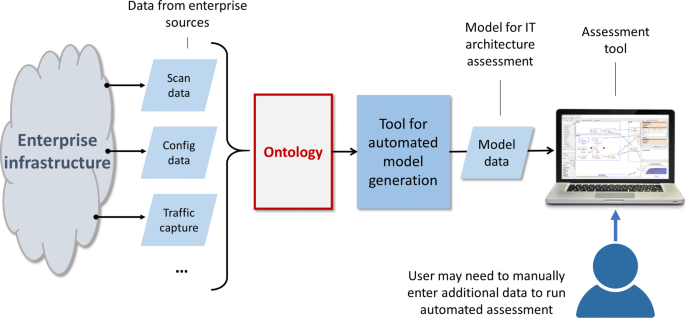

ThreatModeler also supports operational threat modeling, something Microsoft TMT overlooks.

ThreatModeler allows multiple business functions across an organization to collaborate with CISOs and security experts to create comprehensive, accurate and consistent threat models that incorporate multiple skills and perspectives. Architecture diagrams allow developers and business executives - even those with little-to-no technical know-how - to contribute to the development of adequate core security systems. This begins by creating an architecture process flow diagram of the threat model within a sophisticated, intuitive user interface.
#Sdl threat modeling tool software
ThreatModeler’s industry-leading software makes creating threat models at scale - meaning hundreds and even thousands of applications - possible. Unlike Microsoft TMT, ThreatModeler is built for modern DevOps teams using agile methodologies and advanced technologies. VAST stands for a more modern view of enterprise security standards: ThreatModeler is based on the VAST methodology for threat modeling. DevOps ends up working in silos that lack the collaboration where everyone is involved. Another of its biggest drawbacks is its inability to perform in any computing environment other than Windows. Consequently, Microsoft TMT doesn’t provide users with the functionality required for successful threat modeling in today’s security climate. The world has adopted cloud technologies, microservices containers, and API ecosystems, which call for more granular threat details. The problem with this approach is that it oversimplifies the complex nature of modern security requirements for data (describing genericized component types). Microsoft Threat Modeling Tool uses data flow diagrams (DFDs), an approach first adopted for threat modeling in 1970. STRIDE is an acronym which represents the following threats: This tool is founded upon STRIDE, a model developed by Microsoft for identifying potential threats. Microsoft later replaced this tool with Microsoft TMT (Threat Modeling Tool), a limited solution adopted by enterprises to safeguard them from cyberattacks and security breaches.
#Sdl threat modeling tool free
Microsoft entered the threat modeling market with its free tool, Microsoft SDL in 2008.


Threat modeling tools have evolved over time to meet the changing needs of the threat landscape. Identifying threats and defining security controls can save organizations millions of dollars in the long run, prevent massive brand damages and stop operational headaches immediately. Automated threat modeling with sophisticated diagramming and toolchain integration enables teams to visualize threats along the attack surface, predict, and plan for external and internal threats. A strong threat modeling tool enables key DevOps stakeholders to design, build, deploy and manage applications and underlying infrastructure with security built in. Few of these challenges are more significant than threat mitigation and the prevention of data breaches. Enterprise C-Suite and their executive colleagues face many challenges presented by the digital age.


 0 kommentar(er)
0 kommentar(er)
